Spices can make or break a dish. I often dislike dishes that are under-spiced, but I rarely encounter an over-spiced dish.
You should feel free to experiment with spices in your food until you find combinations you really like.
I've included my ten favorite unique spices below. These are the best unique spices around, not only for their flavor but also for their health benefits.
I've also included one of my favorite dishes you can make with each of these spices.
Jump to:
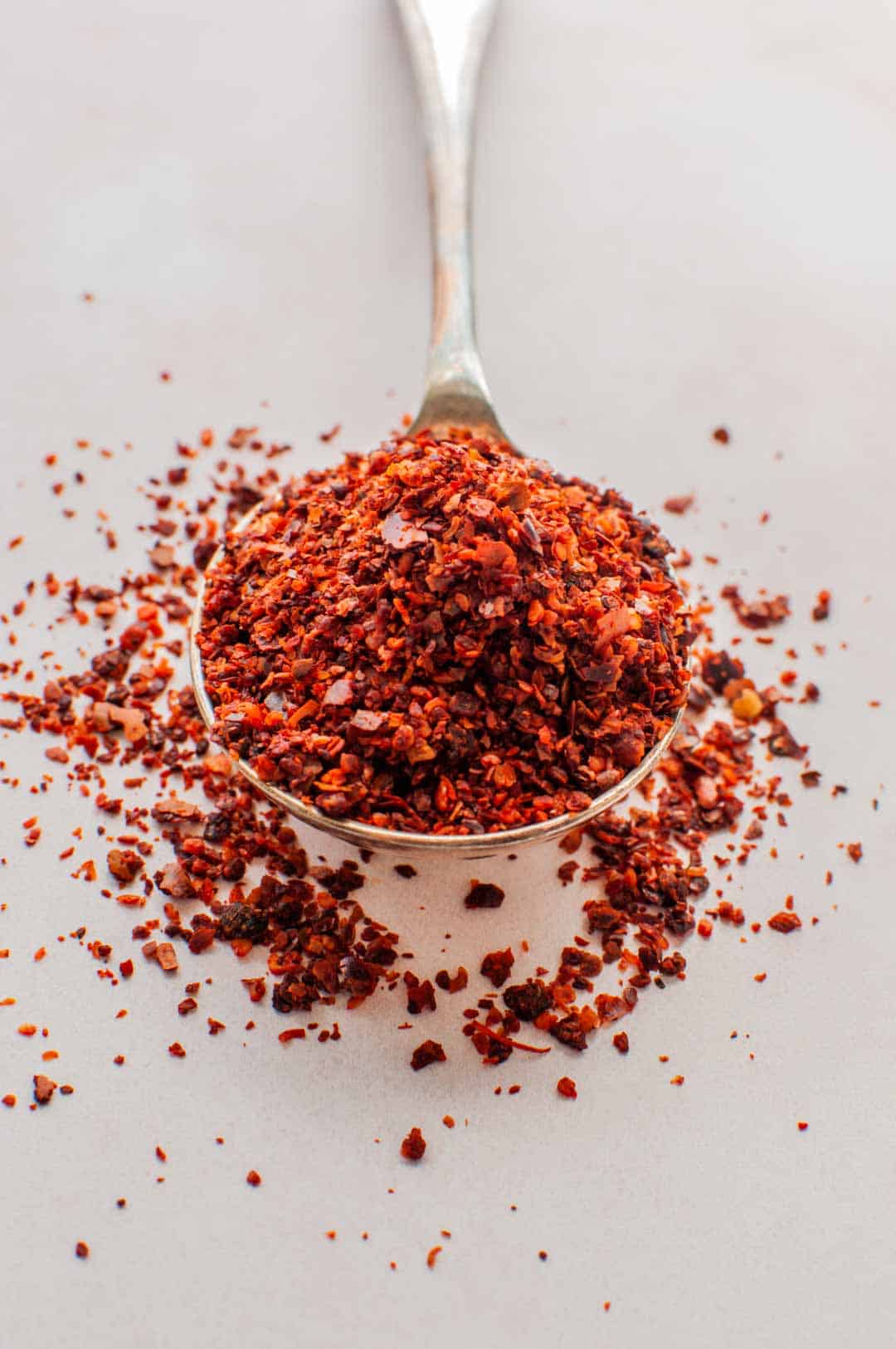
1. Aleppo Pepper
Aleppo pepper (or Halaby pepper) is a Middle Eastern spice made from dried chili pepper that's crushed into flakes.
It's similar to an Ancho chili in terms of heat and has undertones of sweetness and a raisin-like flavor.
It's named after the Syrian city of Aleppo, although it's also grown in Turkey. Good Aleppo pepper will have a certain oiliness to it, meaning the flakes are fresher.
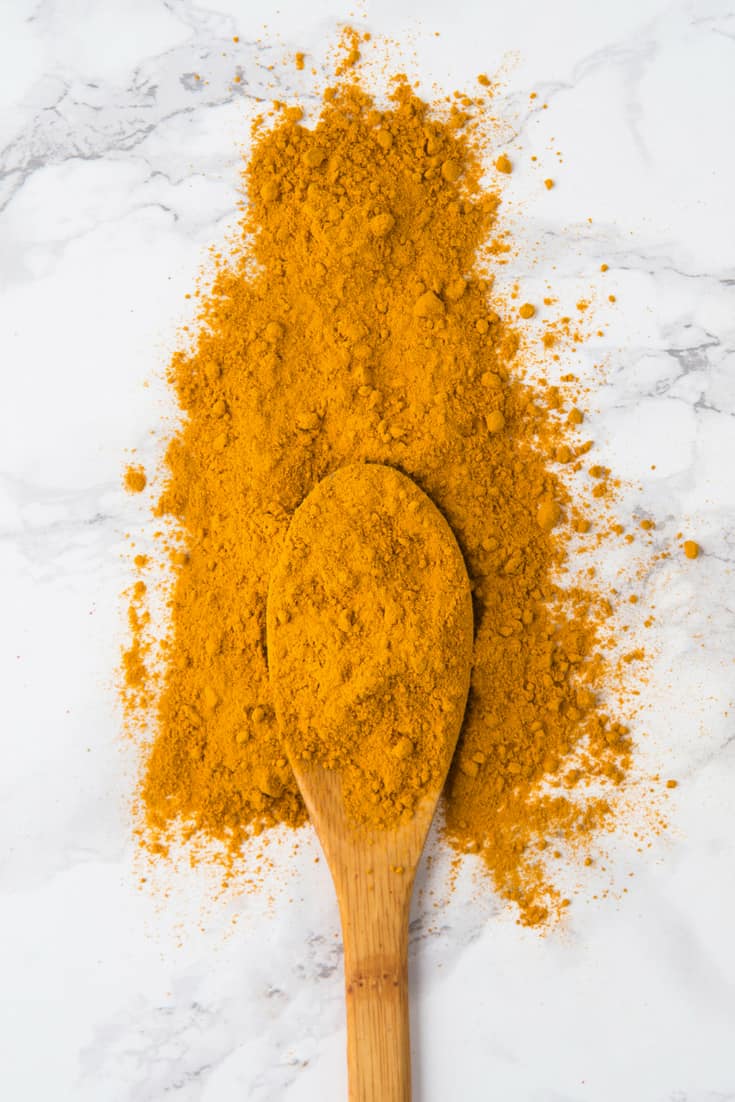
2. Turmeric
This spice is native to India and, when ground, is a deep orange-yellow color. It was first used as a dye.
It's possibly the most popular spice on this list for medicinal purposes - it's been used for digestive issues and arthritis and is currently being researched for many other uses.
I've always thought Yotam Ottolenghi was a genius with vegetables - why not try his cauliflower fritters with turmeric? Bonus: these have lots of other great spices.
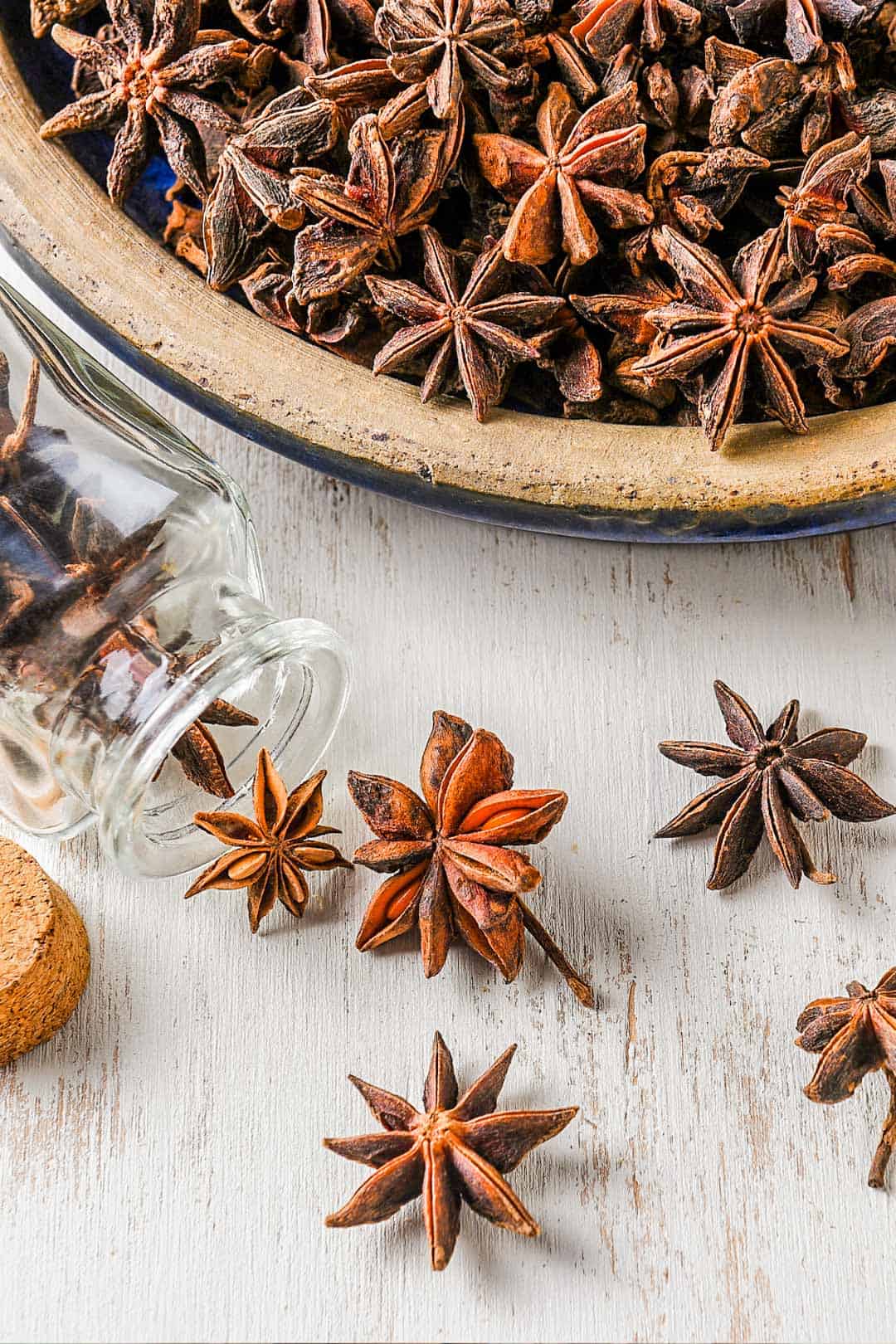
3. Star Anise
This star-shaped spice is actually obtained from unripe fruit, prevalent in China and Vietnam. Star anise is used for many medicinal purposes - especially for respiratory tract illnesses.
We don't often think of spices in our desserts (unless it's spice cake), but I've found one of the most subtle and elegant dessert combinations is star anise and pear. Here's a great recipe from Epicurious.
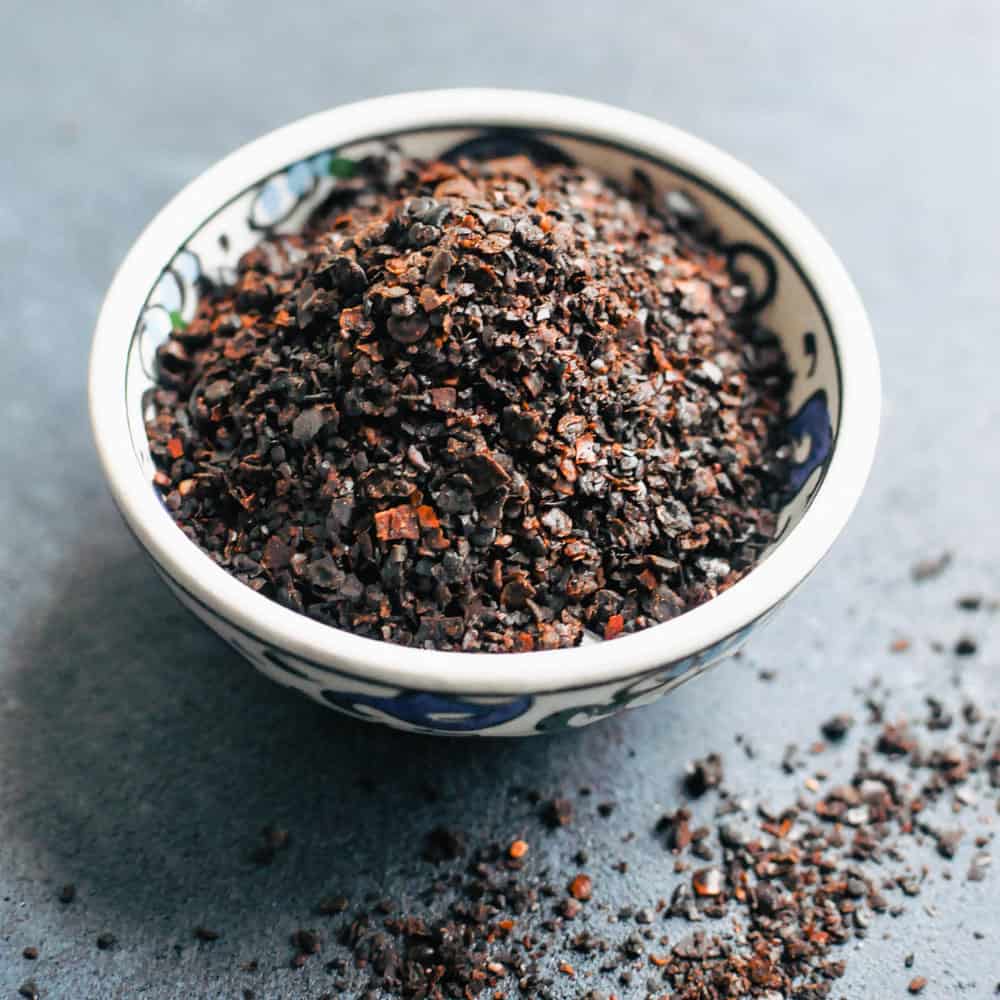
4. Urfa Biber (Isot Pepper)
Urfa Biber (also known as Isot Pepper) is a crushed dried chili pepper. The spice gets its name from the region in Turkey it's grown in (Urfa) and the Turkish word for pepper (Biber).
It's typically described as having chocolate, raisin, and coffee flavors (smoky, sour, and sweet all in one). It has a little bit of heat as well.
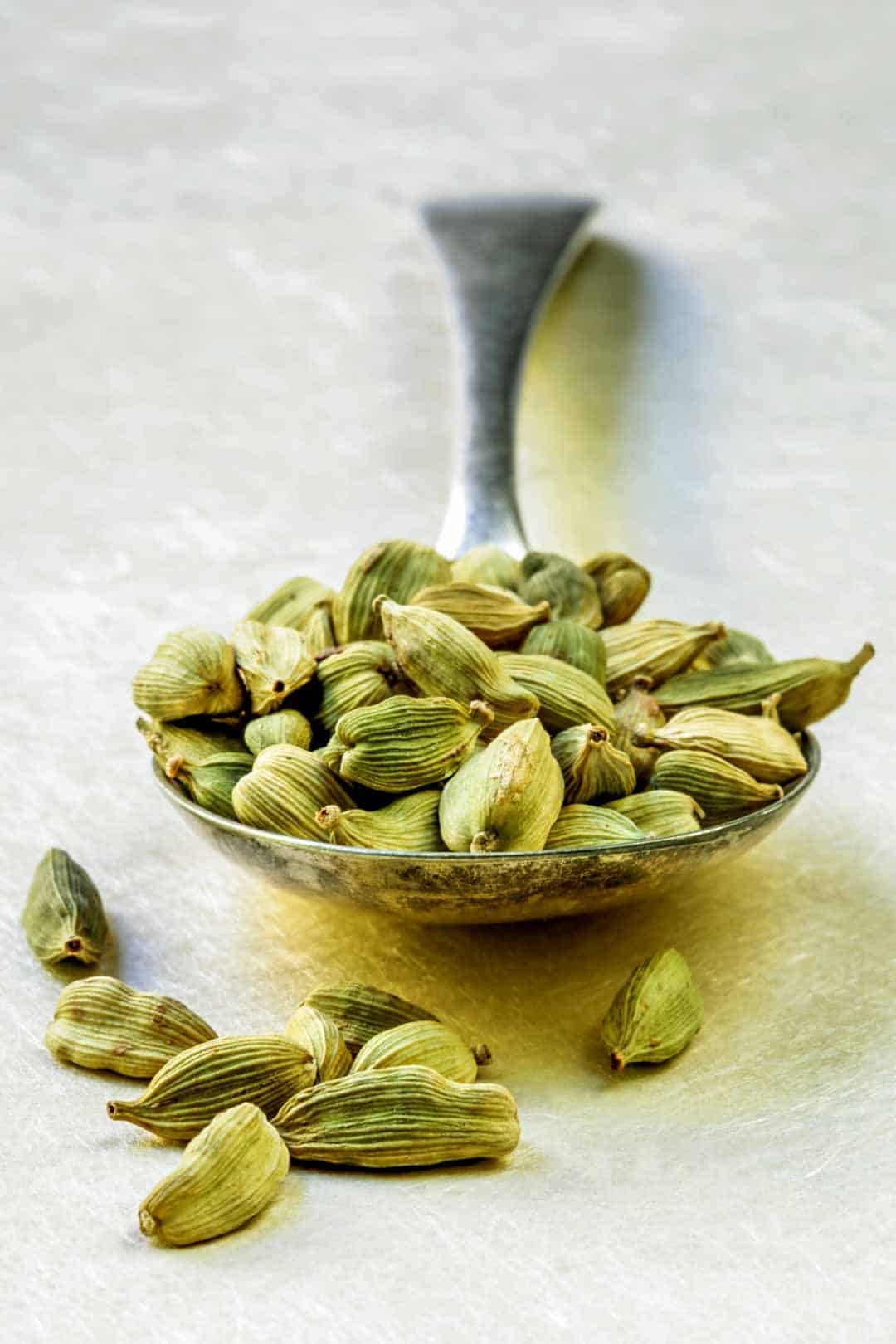
5. Cardamom Pods
This spice is native to the Indian subcontinent, Bhutan, and Indonesia. It's a greenish, papery pod surrounding several tiny black seeds. Cardamom can be used for heartburn and IBS, among other things.
There are an extraordinary number of great recipes for cardamom pods including many cocktails. My recommendation is to try this easy, delicious mix of beets, cranberries, and cardamom pods from Tasting Table.
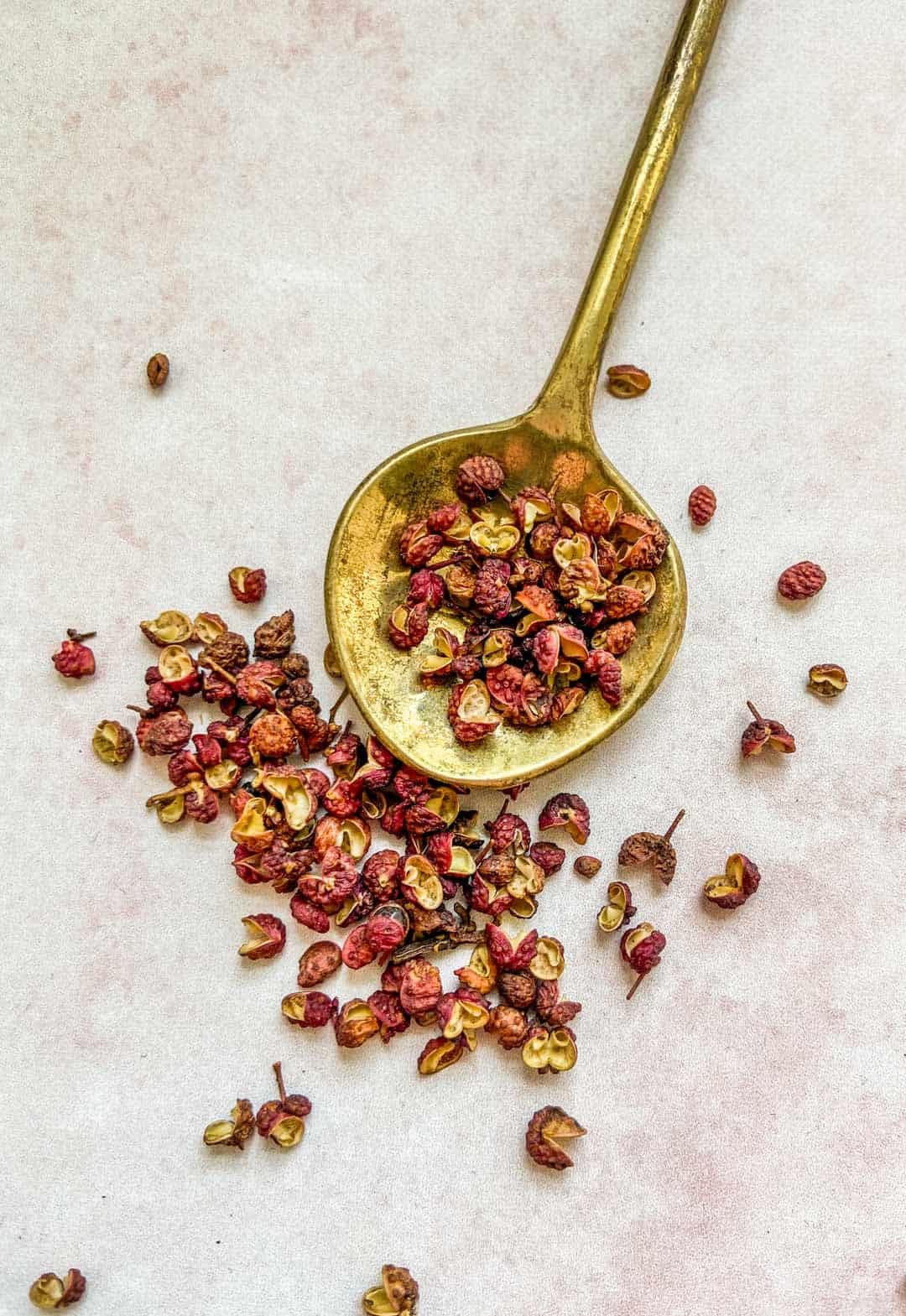
6. Sichuan Peppercorns
These peppercorns are an aromatic spice from the Sichuan region of China. Although they’re called pepper, they have citrus notes and are not spicy or pungent like chili pepper and black peppercorns (although they do leave a tingly feeling in your mouth).
Sichuan peppercorns can be used in a variety of ways. They’re often used in Szechuan Chinese cooking, Nepalese cooking, and Tibetan cooking. Use them in this Chinese Five Spice blend or in these Dan Dan Noodles.
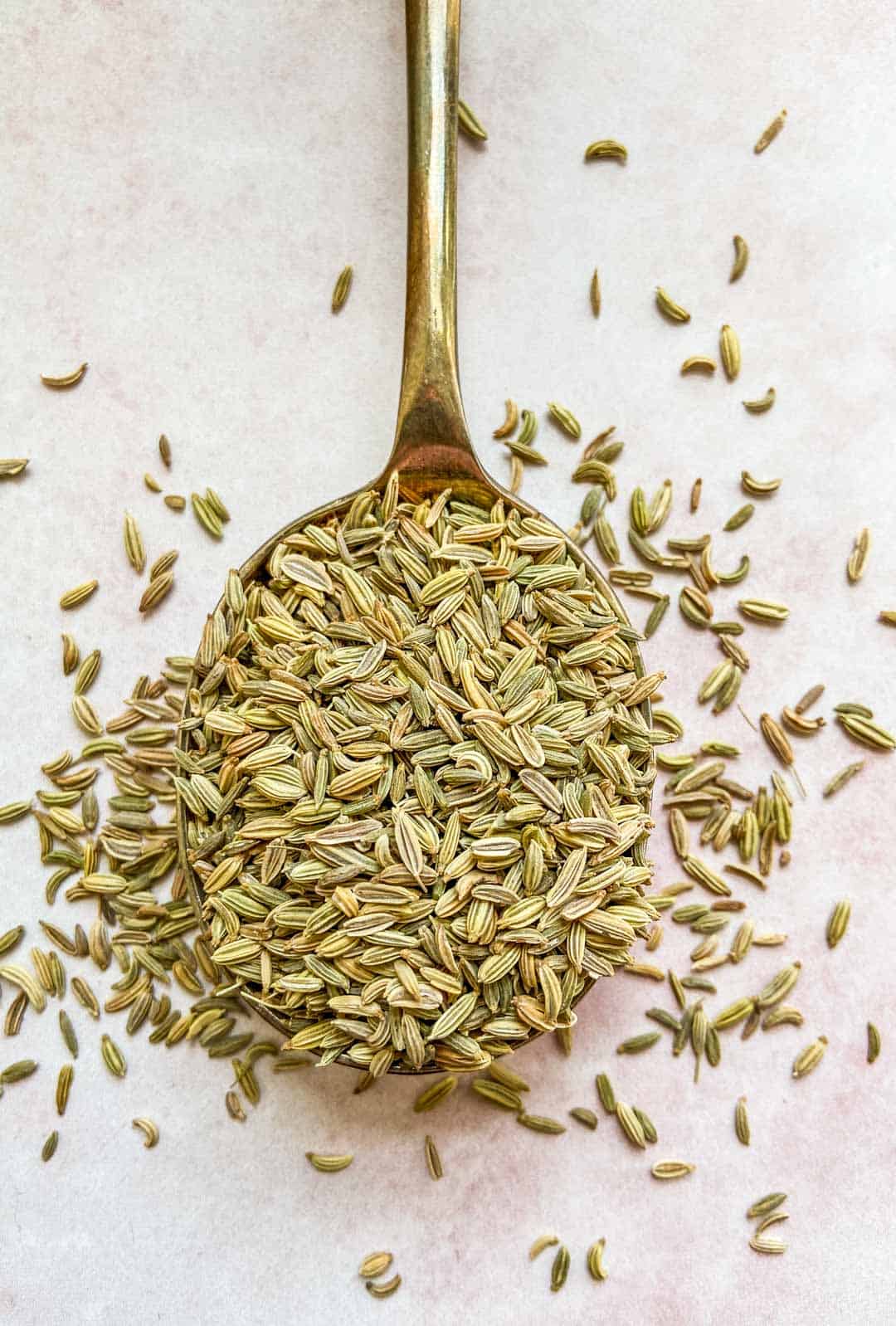
7. Fennel Seeds
This spice is originally from the Mediterranean, but it can grow near any coastline. The fennel bulb and its seeds can be eaten. Fennel is high in antioxidants and is an anti-inflammatory.
I love an Italian bread soup and this Pappa al Pomodoro recipe from Bon Appetit calls for the lovely flavor of fennel seeds.
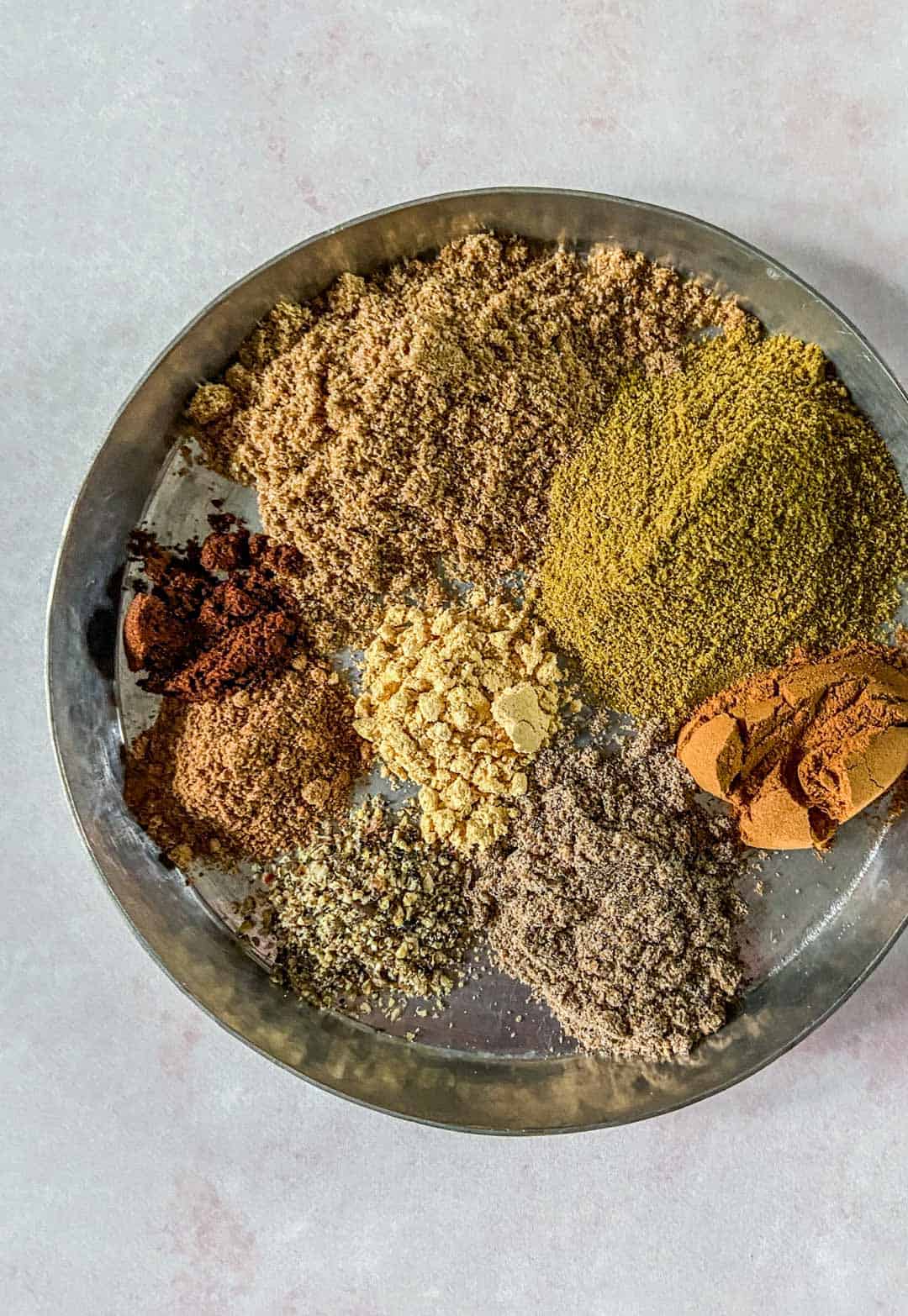
8. Garam Masala
This is actually a blend of spices that includes peppercorns, nutmeg, cinnamon, cardamom, bay leaf, and cumin. It's often used in curries and pilafs across India, Pakistan, Sri Lanka, etc.
Garam masala is supposed to have a number of health benefits because it contains so many different spices.
My recommendation for a garam masala recipe would have to be Jaime Oliver's good old chicken tikka masala or our delicious chana masala.
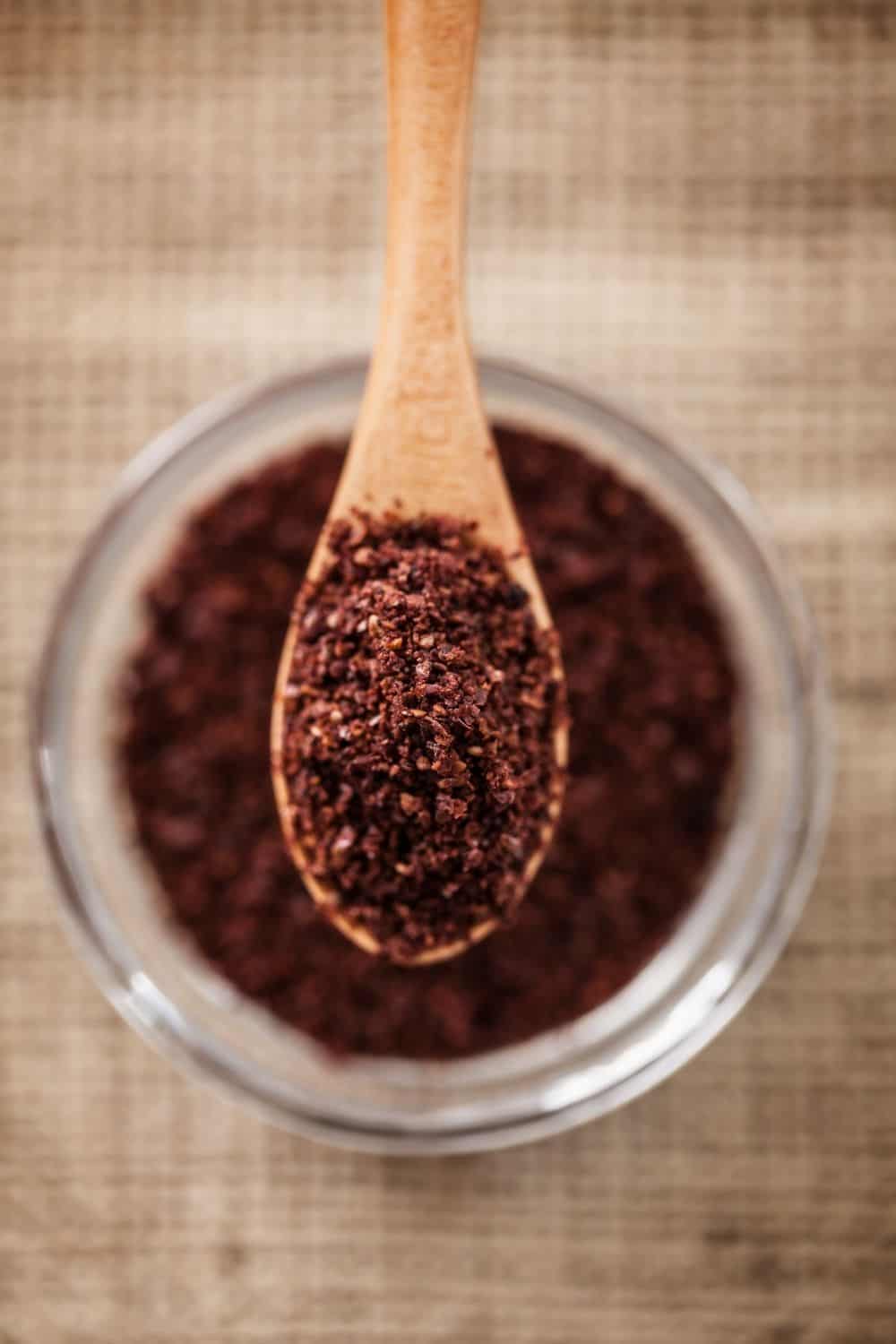
9. Sumac
This Middle Eastern spice is made from ground red berries. It's got a lovely tart flavor, which makes it a good substitute for citrus. It's also been used as a diuretic and for upset stomachs.
Sumac can go in so many dishes, but I absolutely love it on a fattoush salad - it gives it an extra kick. Here's a great recipe for fattoush with sumac. Or just throw a pinch of it on some hummus - yum!
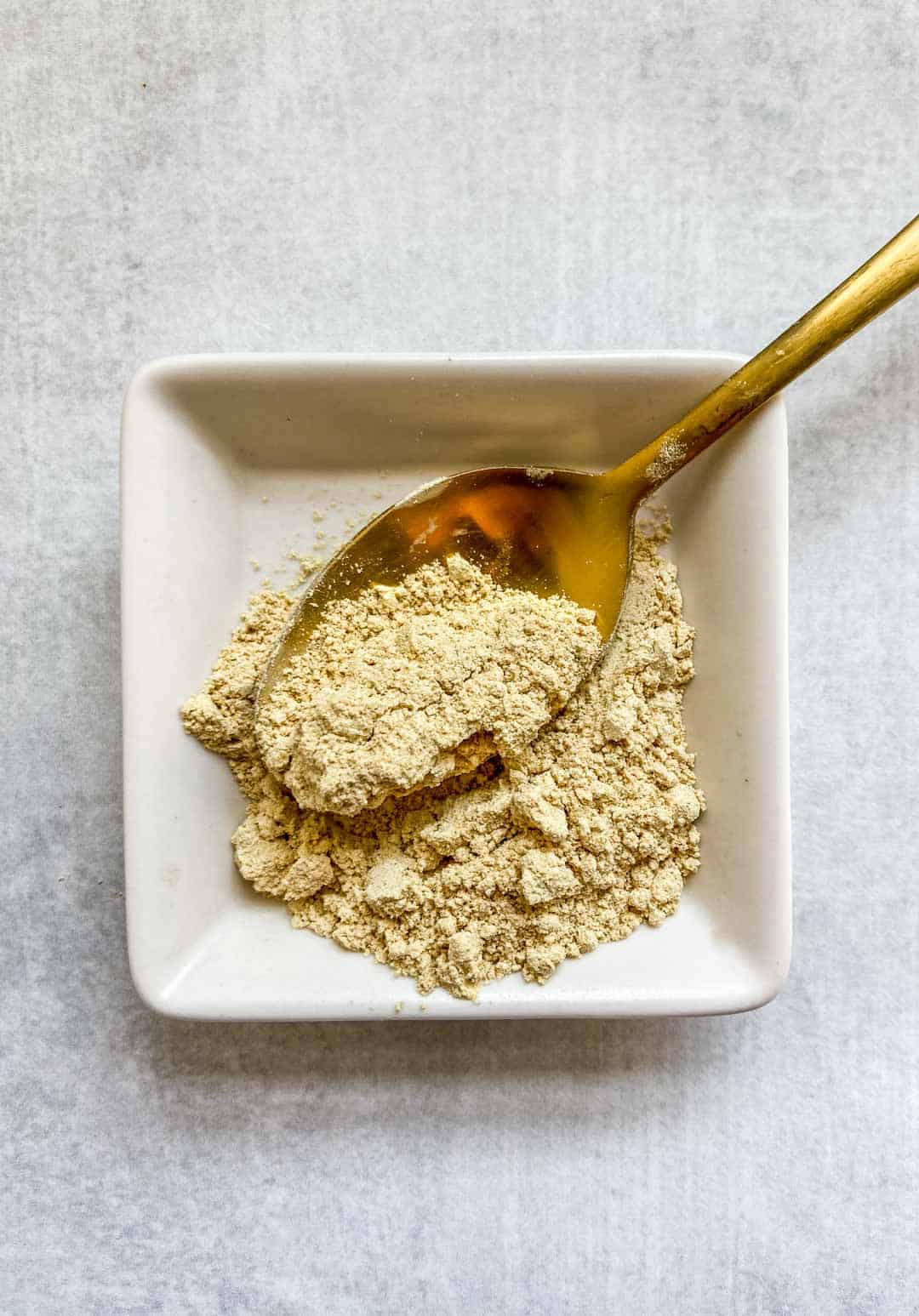
10. Fenugreek
Fenugreek is produced and used across Asia and North Africa and are most common in Indian dishes. Fenugreek is commonly used for stomach issues and has been used in a variety of medicines.
My recommendation for using fenugreek seeds is definitely my recipe for red lentil dal (super yum and makes enough to feed several people - half it if you're one or two people and not planning to freeze any!)
What are your favorite unique spices to use in your kitchen?
Megan
Saturday 20th of February 2016
What a great post! It's always fun to learn new ways to use unexpected spices. I love the smell of star anise but never know what to do with it - though I always throw a few in when I'm making mulled cider ;)
Emily Wilson
Saturday 20th of February 2016
Thanks, Megan! I love star anise as well - it's so beautiful!